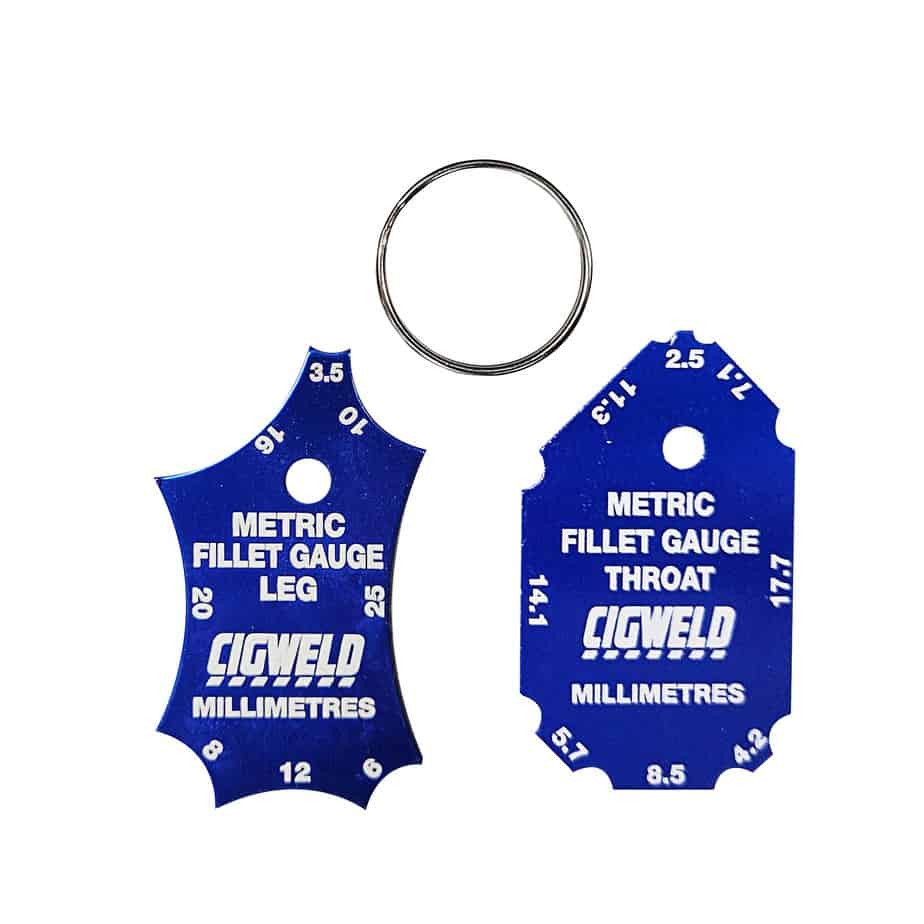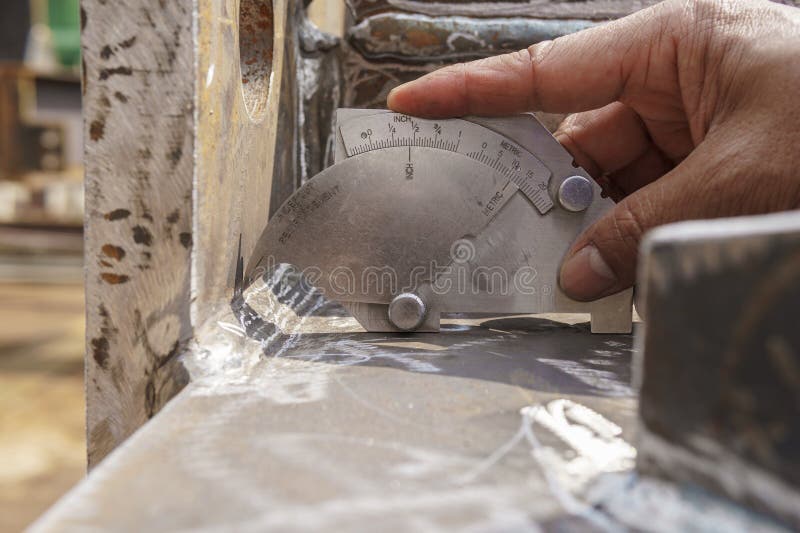Fillet Weld Layout Approaches: Optimizing Joint Efficiency and Aesthetic Appeal for Structural Integrity
In the realm of architectural design and fabrication, the relevance of fillet weld design methods can not be overstated. These strategies play a critical role in not only making sure the performance and architectural stability of joints but additionally in boosting the total visual appeals of the finished item. By meticulously considering elements such as weld account optimization, product option, joint preparation techniques, welding procedure performance, and visual improvement approaches, producers and designers can accomplish a harmonious balance between performance and appearance in their welded frameworks. The fusion of these aspects not only results in robust joints but likewise raises the aesthetic allure of the last product.
Weld Profile Optimization


Achieving an optimal weld account entails a thorough consideration of factors such as product thickness, joint configuration, welding setting, and desired welding speed. Additionally, the option of ideal welding specifications, such as voltage, present, and take a trip speed, is fundamental in controlling the shape and measurements of the fillet weld. Utilizing advanced welding techniques, such as pulse welding or robot welding, can additionally fine-tune the weld account to fulfill specific layout requirements and high quality criteria.
In essence, weld account optimization is an essential aspect of fillet weld style that straight affects the overall performance and dependability of bonded joints in structural applications.
Product Selection Considerations
When taking into consideration material selection for fillet weld design, the compatibility of the base metals is an important element affecting the architectural honesty of the joint. It is crucial to choose products that not just bonded together properly yet also have similar mechanical residential properties to guarantee the tons is evenly distributed between the weld and the base steels. Welding materials with vastly various buildings can lead to issues such as stress and anxiety concentrations, premature joint failure, or breaking.
In addition, the environment in which the welded structure will operate should be taken into consideration when picking products. Variables like rust resistance, temperature variations, and direct exposure to chemicals can all impact the long life and performance of the weld joint. By choosing products that appropriate for the intended application and environment, the general sturdiness and integrity of the bonded joint can be dramatically enhanced.
Consequently, complete factor to consider of material compatibility and ecological aspects is extremely important in guaranteeing the weld joint's stamina, resilience, and total architectural honesty.

Joint Prep Work Strategies
Thinking about the essential duty product choice plays in making certain the architectural honesty of fillet weld joints, it is vital to carry out exact joint prep work techniques that optimize the connection between the base metals. Joint preparation is an essential step that straight affects the quality and stamina of the weld. One essential technique is the cleaning of base metals to get rid of any impurities like corrosion, oil, or discover this info here paint that might jeopardize the weld's stability. This can be achieved through methods such as grinding, cord cleaning, or chemical cleansing.
In addition, tack welding the parts in location before the final weld helps preserve placement and minimizes additional resources distortion throughout the welding procedure. By carefully complying with these joint preparation strategies, welders can improve the total efficiency and looks of fillet weld joints while guaranteeing structural stability.
Welding Refine Effectiveness
Reliable welding processes are crucial for achieving optimal productivity and top quality in fillet weld fabrication. One vital facet of improving welding procedure performance is picking the ideal welding method. Elements such as material type, joint design, and welding setting need to be thoroughly thought about to figure out the most appropriate approach. Processes like gas metal arc welding (GMAW) and flux-cored arc welding (FCAW) are generally used for fillet welds due to their flexibility and speed.
Routine calibration of welding devices, inspection of consumables, and upkeep of welding torches can avoid downtime and revamp, inevitably conserving time and sources. Trained welders are a lot more experienced at readjusting specifications, fixing issues, and keeping regular weld high quality.
Aesthetic Improvement Techniques
To enhance the top quality of fillet weld construction, executing visual improvement techniques can play a crucial duty in guaranteeing accuracy and my blog precision throughout the welding procedure. Aesthetic improvement techniques encompass numerous methods intended at boosting the appearance and top quality of fillet welds. One typical method is the use of back purging systems to remove oxidation on the backside of the weld, leading to a cleaner, more cosmetically pleasing surface. In addition, utilizing proper lights setups in the welding area can boost visibility, enabling welders to check the weld pool and ensure regular bead formation. Aesthetic help such as weld dimension assesses and multiplying lenses can aid in assessing weld accounts and measurements properly. Additionally, the usage of contrasting marking products or momentary adding can help in aligning and placing the work surfaces exactly prior to welding. By integrating these aesthetic enhancement techniques right into the welding process, welders can accomplish not just structurally sound fillet welds yet additionally aesthetically enticing results that fulfill market criteria.

Conclusion
In verdict, enhancing fillet weld design involves cautious consideration of weld account, material selection, joint prep work, welding procedure effectiveness, and visual enhancement approaches. By applying these approaches, architectural integrity can be enhanced while also accomplishing aesthetic appeal. It is vital to focus on both efficiency and looks in fillet weld style to make certain the general top quality and sturdiness of the joint.
By thoroughly taking into consideration variables such as weld account optimization, material option, joint preparation techniques, welding procedure efficiency, and visual improvement engineers, methods and producers can accomplish a harmonious equilibrium between capability and appearance in their welded frameworks.In the world of fillet weld layout, maximizing the weld profile plays a vital duty in making certain architectural honesty and performance. The weld account, which includes the size and form of the weld cross-section, directly affects the circulation of stress and anxiety and load-bearing capacity within the joint. It is vital to pick materials that not only bonded together effectively but additionally have comparable mechanical residential or commercial properties to ensure the load is uniformly dispersed in between the base and the weld steels - Gauge Fillet Weld.In verdict, optimizing fillet weld design includes cautious consideration of weld account, product option, joint preparation, welding procedure efficiency, and visual improvement techniques